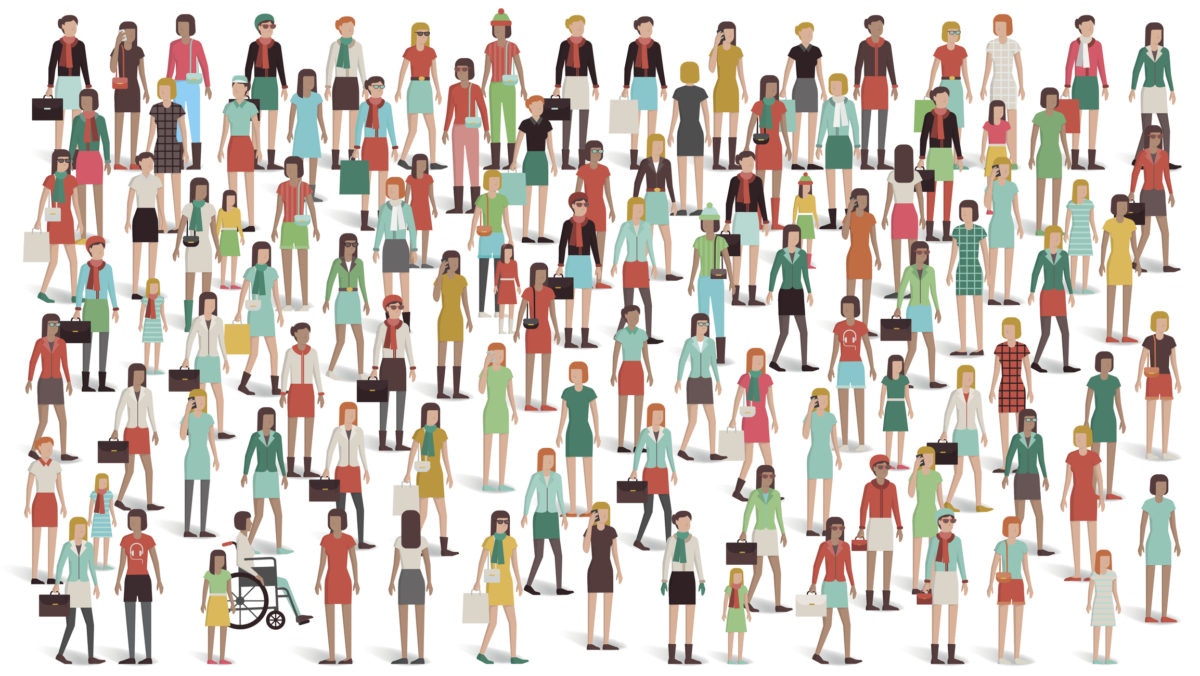Cutting is a terrifying and serious epidemic plaguing adolescents. Recent studies have found that one-third to one-half of adolescents in the US have engaged in some type of self-injurious behavior.
As a psychotherapist who specializes in treating teens who self-harm, I have been baffled by this for years. This act of mutilation makes no sense. After all, youth is fleeting and adults are desperate to maintain their health and vitality, so why do the young intentionally compromise their own?
Three phenomenon help explain why an adolescent is compelled to cut. The first is developmental. An adolescent’s brain chemistry is drastically different, causing them to be far more impulsive. Also, because of the massive changes in hormones and with their bodies, the adolescent is often uncomfortable in their own skin.
Moreover, because they are attempting to figure out who they are in relationship to the world (identity formation), acceptance from their peers becomes a primary need. If there is rejection, it feels as if the world is ending.
Secondly, an adolescent is more vulnerable to the anxiety that proceeds self-harm due to a decrease in outside time. In the past four decades, nature-based activities have decreased by forty percent. The average adolescent spends eight hours a day staring at a screen. This is problematic because research indicates that being in nature increases serotonin levels, reduces blood pressure, and lessens the symptoms of ADD and anxiety in children and adolescents.
Lastly, free play, which systematically helps a child master anxiety by providing a continuous feeling of control, as well as the chance to be creative and work out inner conflicts, has largely diminished in young people's lives. Because the world is increasingly competitive, children and adolescents spend a great deal of time participating in structured activities that involve achievement – and less time playing.
The collective research shows a devastating impact on their ability to mitigate anxiety and depression due to the drastic decrease in free play. Statistics show the suicide rates of teens and adolescents doubling over the past several decades and steadily increasing.
Essentially, the activities that, in the past, allowed children and adolescents the opportunities to reduce their anxiety have diminished from their current routines. Top it off with the developmental difficulties of adolescence, and the perfect storm begins to brew. So, how can a parent help their teen metabolize their anxiety so they do not reach the point of wanting to hurt themselves?
It is of paramount importance to re-establish the closeness in the relationship. Research shows that adolescents who have a close relationship with their parent are less anxious and depressed. So, listen empathically to her. Refrain from telling her not to feel the way she does, but instead, honor her hurt. Let her know you understand and that she is not alone.
A second useful tool is to help her reinstate a healthy mind and body connection. There is increasing evidence to support the role of the mind and body connection in reducing anxiety and depression. This can be extremely helpful and healing for an adolescent whose changing body feels foreign to them. Activities that reconnect the mind and body allow the adolescent to feel whole, grounded, centered, and soothed.
Traditional Eastern activities such as yoga and martial arts have become popular because these are the activities which help us maintain a healthy mind and body connection. Participation in sports and the arts are also activities that strengthen the mind and body connection. Essentially, any activity that the mind and the body intricately collaborate on is a mind and body activity.
It is important to note that when anxiety and depression intensify, the mind and body are out of sync. They are disconnected. Psychosomatic symptoms, sleep issues, eating issues, body image issues, and the compulsion to cut become prevalent. In most of the interviews conducted with adolescents, they report “cutting is the only relief” because it provides an escape from their emotional pain.
In fact, the majority of adolescents report they don’t feel the first cut. Some report feeling nothing until the second or third laceration. This signifies the distance between the mind and the body it takes a moment for the mind to return to the body. Yet, when the sensation of physical pain washes over them, the adolescent feels instant relief because they have forced their mind back to their body through the experience of physical pain.
The mind reconnects with their body through the sensation of physical pain. The pain is real and it anchors the mind and body for a moment. Their mind and body feel the pain together. They are united for an instant which is what provides the feeling of relief.
Unfortunately, self-harm is a temporary and unsafe solution. As soon as the pain fades, so does the feeling of relief. It is also extremely dangerous and can be deadly if things go awry. Yet, for some adolescents, it is the only escape. The only relief. Like a drug, it becomes obsessional. Also like a drug, the shame and remorse that follow the act are unbearable. Thus, the cycle perpetuates itself. The shame and pain become intense and the only escape feels like cutting again. Thus, It is necessary to prevent the cycle from even beginning.
Prevention starts with the parent. Be empathic and get close. Help your child facilitate a healthy mind and body connection. Invite them to yoga class or martial arts class. Go for a hike or ask them to paint or sculpt with you. Meditate. Ride bikes. Hug. Listen. Love.



